―
City of Tomorrow, Malmö, Sweden
―
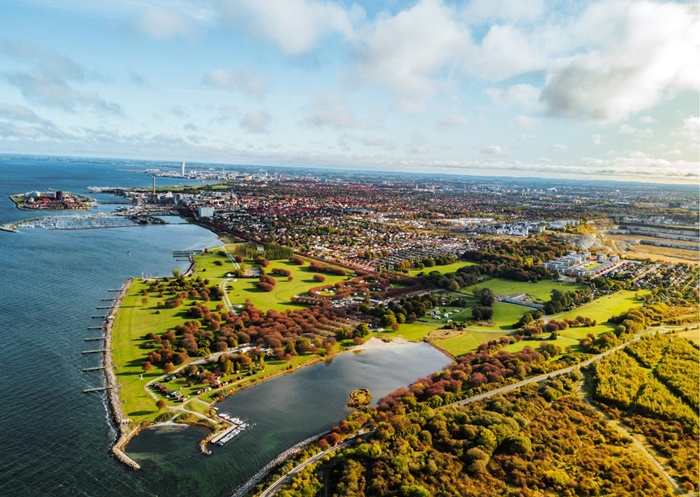
Malmö, Sweden, and is considered one of the best places to live on earth and is
drawing in different populations from around the world. As millennials who
value quality of life flow into Malmö, more than 60,000 new jobs have been created in startup, and corporates
in EU and other countries are moving their headquarters from Northern Europe. Not
only that, the number of tourists is also on a steady rise.
What makes this city so attractive?

The biggest reason lies in its new sustainability. The Bo01 neighborhood in Malmö was transformed into the “City of Tomorrow” where 100% of its energy comes from renewable energy sources in 2015. And the use of renewable energy is increasing throughout the city of Malmö since then.
Moreover, 470 kilometers of bicycle
lanes were installed throughout the city. This has allowed 30% of all trips to
be made by bicycle, and 40% of all daily commutes are done by bicycle travel.
Industrial city transformed into a sustainable city

The lush green forests and high self-sufficiency in clean energy such as wind, solar, and geothermal power provide the highest air quality in Malmö. However, it was a ghost town that was unimaginably dark until some years ago.
In fact, Malmö used to be known for Tears of Malmö. Malmö was a city that flourished in the shipbuilding industry until the 1970s, and the rise of shipbuilding in Korea and China caused the local economy to stagnate. Since then, Malmö had become a ghost city with 30,000 workers escaping at low tide, and it was more widely known as Tears of Malmö after the Kockums Crane, a symbol of the "world's largest shipyard" and Malmö's pride, was sold to South Korea for $1.
'City of Tomorrow'
Tears of Malmö was transformed
into an ecofriendly city through the City of Tomorrow project.
The city of
Malmö purchased a coastal factory area and redeveloped the eco-friendly
ecological zone "Bo01" with a capacity of 1,000 households.
Bo01 district has been redeveloped as a clean and livable city by applying the
concept of urban regeneration using 100% new and renewable energy.
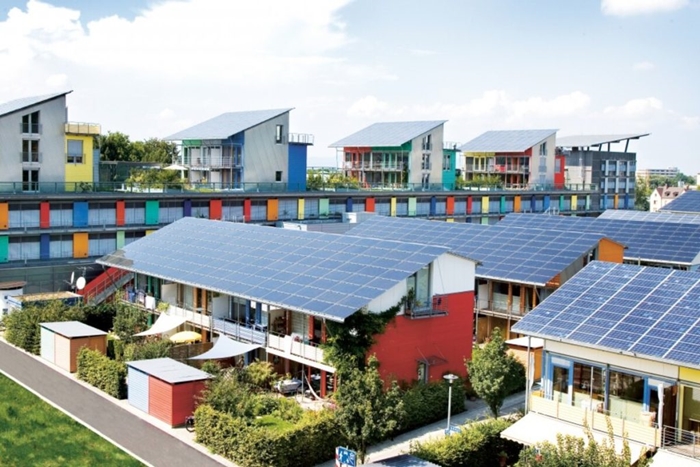
How is it
possible to run a city on 100% renewable energy? A 2MW wind power plant, a 120m2 solar panel
site, and 48 high wind turbines on the west coast of Malmö were built to
generate electricity.
In addition,
solar panels are attached to the rooftops and walls of all buildings,
all household waste from homes is recycled, and bio-gas made from food waste is
used to replace automobile fuel. 83 percent of the heat sources come from
underground aquifer, 15 percent from solar heat, and 2 percent from bio-gas.
As a result,
Malmö's carbon dioxide emissions, which stayed firmly at 2,000 tons a year in
1985, are now down to a quarter of that amount.
Through this
transformation process, the population has increased by 400,000 in comparison
to when the shipbuilding industry was booming, the average age of the
population is 36, and about 40% of the total population is under the age
of 29. In particular, highly educated talents such as R&D, finance, and
social service personnel moved into this area.
The answer
to Malmö's grand metamorphosis was Nature-based Solutions (NbS), which involves
solving environmental issues by using nature's own resources such as
warm sunlight, cool wind, clean air, water, and soil in a smart way.
―
What is Nature-based Solutions?
―

The international
community is seeking a transition to a low-carbon society with the goal of carbon
neutrality by 2050. Nature-based solutions involve utilizing nature’s functions
to reach the goal of carbon neutrality and make Earth sustainable, as well as
working with nature to achieve green economy.
Malmö City provides a great example of utilizing nature-based solutions by using eco-friendly methods to provide energy through wind power, solar power, and geothermal power.
―
Definition of nature-based solutions
―
International organizations have
their own definitions of nature-based solutions. Let’s find them out!
◈ International Union for Convention
of Nature (IUCN)
“Actions to protect, sustainably
manage, and restore natural or modified ecosystems, that address societal
challenges effectively and adaptively, simultaneously providing human
well-being and biodiversity benefits” (Cohen-Shacham, 2016, IUCN)
◈ United Nations Environment
Assembly (UNEA)
“Actions to protect, conserve,
restore, sustainably use and manage natural or modified terrestrial,
freshwater, coastal and marine ecosystems, which address social, economic and
environmental challenges effectively and adaptively, while simultaneously
providing human well-being, ecosystem services and resilience and biodiversity
benefits.”
◈ European Union (EU)
“Solutions that are inspired and
supported by nature, which are cost-effective, simultaneously provide
environmental, social and economic benefits and help build resilience. Such
solutions bring more, and more diverse, nature and natural features and
processes into cities, landscapes and seascapes, through locally adapted,
resource-efficient and systemic interventions.”
If this concept sounds new to you,
do not worry. You can think of it as an umbrella word that includes other
related concepts such as ecological engineering, ecological restorations,
ecological adaptation, etc.
―
How this concept emerged and was developed
―
The World Bank was the first to introduce the concept of nature-based
solutions in 2008. Since the 2000s, international
discussions became more active as biodiversity loss became worse and global
warming accelerated.
In 2008, the
World Bank published its first official report on Nature-Based Solutions, ‘Biodiversity, Climate Change and Adaptation:
Nature-Based Solutions from the World Bank Portfolio.’
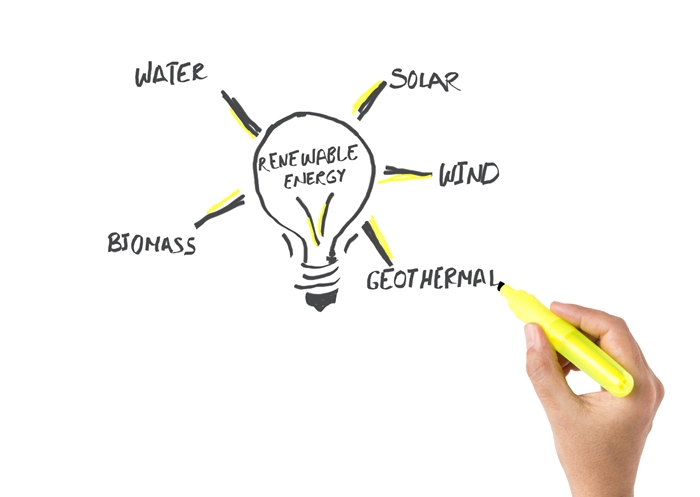
Afterwards,
discussions on nature-based solutions (NbS) began to take shape when the International
Union for Conservation of Nature (IUCN) presented ways to mitigate climate
change, adapt, secure water, food and energy supplies, combat poverty and
economic growth at the 15th meeting of the United Nations Framework Convention
on Climate Change in 2009.
Later,
during the 8th World Water Forum held in 2018, UN-Water announced the
Nature-Based Solution (NbS) as the theme of the “2018 World Water Development
Report.”
The 2018
World Water Development Report pointed out, "The disconnection of water
circulation in the ecosystem as well as in the human body means disconnection
of material circulation and energy flow. Urban development projects cause heat
pollution and air pollution by artificially changing wetlands, rivers, forests,
and grasslands."
Nature-based
solutions were emphasized as the solution that uses natural actions and
processes to facilitate circulation and flow in the ecosystem when building infrastructure.
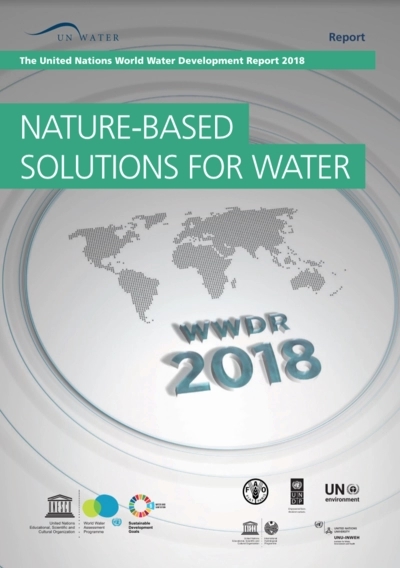
Link to the 20108 World Water Development Report
In 2019, the UN confirmed NbS as one of the
nine measures to cope with climate change during the Climate Action Summit, and
since then, countries around the world have evaluated NbS as a method to both
responding to climate change and enhancing biodiversity.
Recently,
NbS has emerged as a sustainable way to achieve 2050 carbon neutrality in the
international community, including the EU, the International Union for
Conservation of Nature (IUCN), and the Intergovernmental Panel on Climate
Change (IPCC).
―
Why Nature-based Solutions?
―
Achieving carbon neutrality requires reducing
carbon at an unprecedented rate. However, no matter how hard we try, it's hard to make zero
carbon emissions, so we have to get rid of the carbon that is already released
into the atmosphere.
However, the
method of directly trapping and removing carbon from the air is not practical
because it is expensive. On the other hand, natural-based solutions (NbS) utilizes
practical ways to reduce atmospheric carbon in the ecosystem, so they can be put
into practice immediately.
Cecil Girardin and others at
Oxford University analyzed in a commentary in Nature magazine in 2021
that nature-based solutions could reduce 10 GtCO2e
(1 billion tons of carbon dioxide) every year. Half of this is to reduce
emissions, and the other half is to increase absorption. Carbon dioxide emissions
can be reduced ▲20% through forestation ▲40% through protection of the ecosystem,
and ▲40% through management of soil.
For this
reason, Sweden and many other countries are currently using NbS as a means to
respond to the climate crisis. Of the 168 countries that submitted the
Nationally Determined Contributions (NDCs) under the Paris Climate Agreement,
131 countries are using the nature-based solutions as a means to cope with the
climate crisis.
―
Nature-based solutions and carbon neutrality
―
We have looked at how NbS is helpful in solving
the climate crisis.
According to
the Sixth Assessment Report of the IPCC's Third Working Group on Climate Change
published in 2022, nature-based solutions in agriculture, forestry and other
land uses (AFOLU) sectors could economically reduce greenhouse gases 8 to 16
GtCO2e annually from 2020 to 2050.
That's 20 to
30 percent of the world's greenhouse gases that need to be cut to prevent
temperature rise of 1.5 or 2 degrees by 2050.
In its 2022 State of Finance for Nature report, the United Nations Environment Program (UNEP) predicts that to achieve its goal of curbing 1.5 degrees of global temperature rise, it will have to spend $484 billion annually on nature-based solutions by 2030. More investment seems to be needed in the future.
―
Types of Nature-based Solutions
―
The International Union for Conservation of
Nature (IUCN) largely divides nature-based solutions (NbS) into ▲ restoration ▲ issue-specific ▲
infrastructure ▲ management and ▲ protection. And the goal is to solve the social problem of
human welfare and biodiversity recovery.
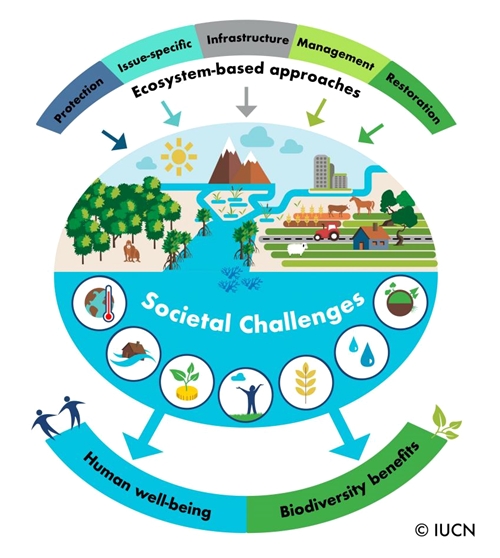
|
| Restoration - Ecological Restoration (ER) - Ecological Engineering (EE) - Forest Landscape Restoration (FLR) | Issue-specific - Ecosystem-based Adaptation (EbA) - Ecosystem-based Mitigation (EbM) - Climate Adaptation Services (CAS) - Ecosystem-based Disaster Risk Reduction (Eco-DRR) | Infrastructure - Natural Infrastructure (NI) - Green Infrastructure (GI) | Management - Ecosystem-based Management (EbMgt) | Protection - Area-based Conservation (AbC) |
―
Nature-based Solutions in the City
―
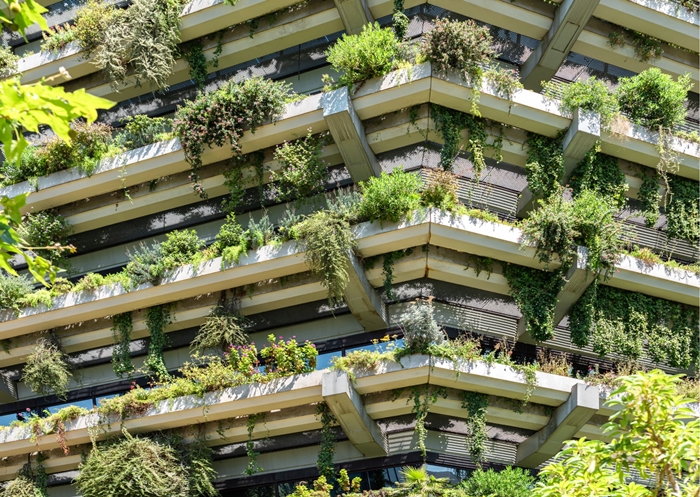
As shown in
the example of Malmö City, NbS can efficiently and systematically apply nature
and its natural characteristics and processes to develop cities and landscapes.
It will be possible to design and reflect cities and landscapes in a more
nature-friendly way, and to expect effects such as economic growth, job
creation, and welfare improvement.
In Malmö,
the installation of natural rainwater management systems such as rooftop
greening and waterways through urban regeneration projects reduced flood risk
by 50% and increased biodiversity by 50 percent (European Union, 2015).
The city's
green infrastructure can play an important role in preventing the climate
crisis. If green
infrastructure such as urban forests, urban parks, street trees, gardens,
and rooftop greening are applied to urban areas, it can play a powerful
role in terms of carbon neutrality and climate change response.
Green
infrastructure is a network of natural spaces or spaces close to nature, such
as water bodies, forests, and parks. Green infrastructure is a concept that
responds to the traditional concrete-based infrastructure, or "grey
infrastructure," and it can be expected to reduce the impact of climate
change, improve biodiversity, improve recreational and landscape functions,
solve local environmental problems, and promote tourism.
Rooftop
greenery can help lower indoor heat and reduce energy costs; urban greening and
wetland protection can help prevent flooding; and tree-shaded urban homes can
save more than 30% of cooling peak demand.
We can start in our own homes by growing a small garden on the rooftop.
Written by Sharon Choi
Director of Planning
Sunhak Peace Prize Secretariat

